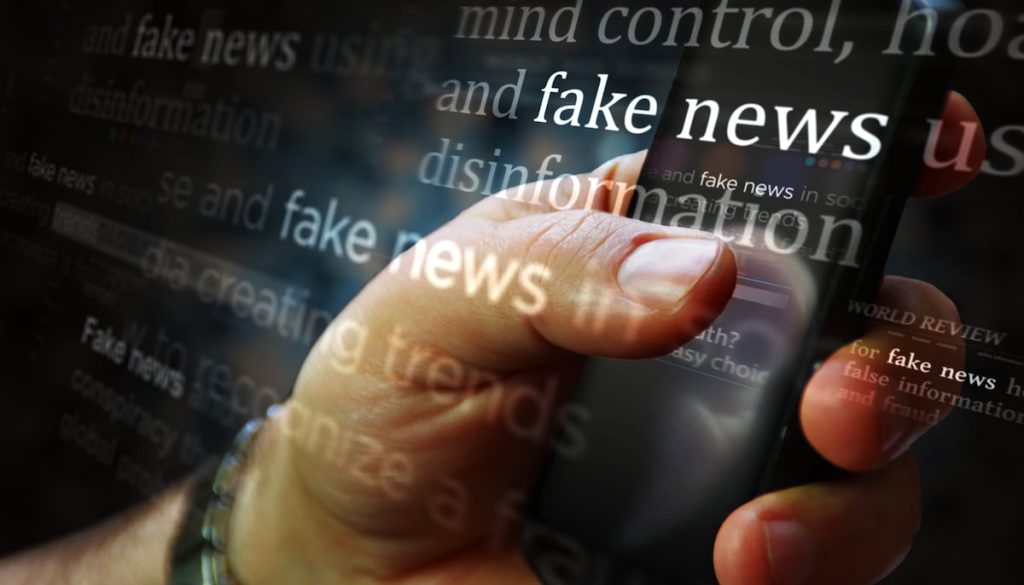There are media outlets created with the sole purpose of distorting reality, manipulating democratic processes, and convincing the public of things that are not true. The challenge lies in how to identify them cleanly, without opportunism or political bias. While we cannot create a machine that can separate truth from falsehood, as truth is not an object that can be easily detected with algorithms, the disinformation campaign does have characteristic behaviors that can be identified. These “pseudomedia” are part of a structure that propagates misinformation, and their unique behaviors can be detected and prevented by digital forensic experts.
These inauthentic behaviors in the disinformation constellation can take many forms. Media outlets created by disinformation agencies and content farms often imitate legitimate news outlets but do not employ reputable journalists, conduct investigative work, or pay agencies or photographers, resulting in the production of manipulative content that distorts the original meaning. If mainstream media had protected their copyright as rigorously as record labels do, spreading disinformation would have been much costlier. The rise of AI-based generative models has made copyright infringement even easier, complicating the fight against disinformation.
Teams studying these networks are not fact-checkers or hoax-hunters but rather data scientists and digital forensics experts who recognize patterns, mechanisms, and behaviors that indicate a disinformation campaign. Their role is to identify these signals, expose the nodes spreading them, and reveal the techniques used to viralize content. They function as traffic wardens, analyzing the distribution of misinformation before conducting a deeper investigation later. Biopsies, conducted by verifiers, are crucial to understanding disinformation, its impact, and the mental and emotional state of the public, providing essential insights to address and prevent such threats.
While we may not have a “truth machine,” there are solutions available to combat disinformation. A clean media ecosystem is necessary for democracy to thrive and overcome the current climate of skepticism, cynicism, and widespread disbelief, which make individuals susceptible to manipulation. Collaboration among key actors, including political parties, tech platforms, marketing companies, and media outlets, is essential for a transparent and bipartisan solution to this critical issue. Without genuine cooperation, any proposed solution will likely fail to address the root causes effectively.
In conclusion, identifying and combating disinformation requires a multi-faceted approach that involves digital forensics, data analysis, and collaboration among various stakeholders. By understanding the behaviors and mechanisms of inauthentic content distribution, we can work towards creating a cleaner and more trustworthy media environment that fosters public trust and resilience against manipulation. Only by coming together in a transparent and bipartisan manner can we hope to mitigate the damaging effects of disinformation on democracy and society.


